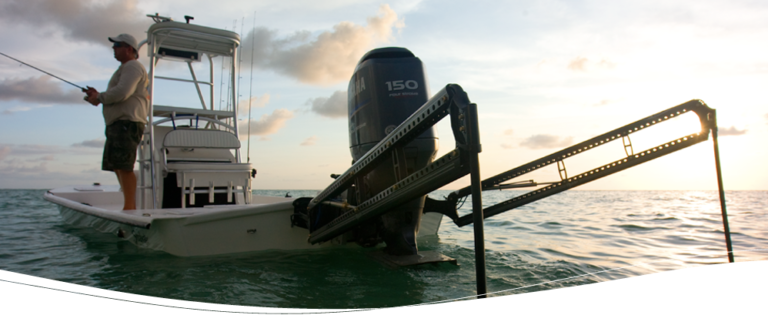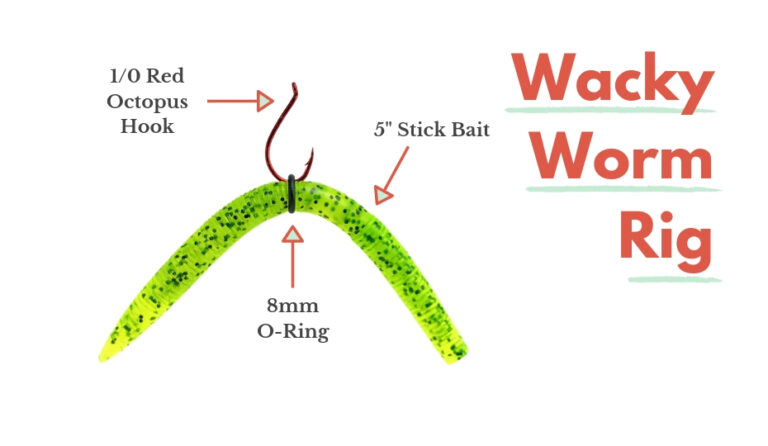How to Fish Hula Popper?

To fish a Hula Popper, cast it into cover or vegetation, then slowly jerk it back to create popping sounds and attract fish.
Introduction To Hula Popper Fishing
Hula Popper Fishing is a technique used by anglers to attract fish using a specific type of topwater lure called a Hula Popper. This lure is designed with a concave or hollowed nose to create a popping sound when twitched.
The Hula Popper lure is effective in attracting various fish species, including bass, trout, crappie, bluegill, and catfish, especially in shallow water conditions. Anglers should cast the Hula Popper into weedy or lily pad-infested waters, aiming to avoid snagging vegetation, which could deter fish from striking.
Slowly jerking the lure back will create the patented popping sound, making it an enticing target for fish in the area.
Choosing The Right Equipment
Selecting the Right Rod and Reel:
When it comes to choosing the right rod and reel for fishing with a Hula Popper, it’s important to consider the weight and length of the rod. A medium-heavy or heavy rod with a length of around 6 to 7 feet is recommended to handle the weight of the lure and the fish you are targeting. As for the reel, a baitcasting reel is usually preferred for better control and accuracy in casting.
Choosing the Right Line:
When selecting the line for fishing with a Hula Popper, it’s important to consider the type and strength. A monofilament or fluorocarbon line with a strength of around 10 to 15 pounds is suitable for most fishing situations. These lines have good knot strength and low visibility in the water, which can increase your chances of getting a strike.
Picking the Right Hula Popper:
When it comes to selecting the right Hula Popper, consider the size and color. Choose a size that matches the baitfish in the area and the size of the fish you are targeting. As for color, it’s best to experiment with different colors and see which works best in different water and weather conditions. Popular colors include white, yellow, and chartreuse.
Techniques For Fishing With Hula Popper
When it comes to fishing with the Hula Popper, casting and retrieving are key techniques to master. To effectively cast the Hula Popper, aim for weedy or lily pad-infested waters. Avoid casting directly into a large body of lily pads to prevent snagging vegetation.
Instead, cast next to the lily pads or in a clearing. This will increase your chances of attracting fish to strike. As for retrieving, the Hula Popper is designed to make a patented popping sound. Slowly jerk the lure back to create this sound, simulating a distressed creature on the water’s surface.
Different conditions may require adjustments in your technique. Calm versus choppy waters, for example, may require varying retrieval speeds. Experiment with your casting and retrieval techniques to find what works best for you in different fishing situations.
Best Locations And Time To Fish Hula Popper
To achieve success with the Hula Popper, it is best utilized around weedy or lily pad infested waters. Casting next to the lily pads or in a clearing of lily pads can yield optimal results, preventing snagging vegetation that could deter fish from striking.
Recommended Times of Day for Hula Popper Fishing
Poppers are most effective when used in shallow water, suitable for various fish species in calm or choppy water conditions. The lures are versatile and can attract a range of fish, including bass, trout, crappie, bluegill, and catfish.
Tips And Tricks For Successful Hula Popper Fishing
When fishing with a Hula Popper, it’s important to consider a few tips and tricks for successful fishing.
One tip is to add extra attraction to your Hula Popper. You can do this by attaching a small trailer hook or adding scents or attractants to the lure. This will help to increase the chances of catching fish.
Another important aspect to consider is dealing with snags and vegetation. Hula Poppers are best used around weedy or lily pad infested waters. It is recommended to cast next to the lily pads or in a clearing of lily pads to avoid snagging vegetation, which can deter fish from striking.
Lastly, maintaining proper popper action is crucial. The Hula Popper is designed to move water using a concave or hollowed nose, simulating a distressed creature on the water’s surface. Make sure to work the lure by casting it into cover and then slowly jerking it back to create its patented popping sound.

Credit: countryhookers.com
Frequently Asked Questions
How Do You Fish A Popper?
To fish a popper, cast it near lily pads or in a clearing. Avoid casting directly into a large patch, as you may snag vegetation. Poppers work best in shallow water and can catch bass, trout, crappie, bluegill, and catfish.
Their concave nose simulates distressed creatures on the water’s surface.
Where Do You Throw A Hula Popper?
Hula poppers are best thrown around weedy or lily pad infested waters. Cast it next to the lily pads or in a clearing to avoid snagging vegetation, deterring fish from striking.
What Fish Do Popper Lures Catch?
Popper lures can catch a variety of fish species including bass, trout, crappie, bluegill, and catfish. They work best in shallow water and can be used in both calm and choppy water conditions.
How Does Popper Bait Work?
The popper bait works by using a concave or hollowed nose to move water and simulate distressed creatures on the water’s surface. This attracts fish and triggers strikes. Poppers are effective for catching fish in shallow water and can imitate baitfish, frogs, and insects.
Conclusion
Mastering the art of fishing a Hula Popper can greatly enhance your fishing experience. By understanding where to cast and how to retrieve the lure, you can attract a variety of fish species such as bass, trout, crappie, bluegill, and catfish.
With the right techniques, the Hula Popper can yield exciting results in both calm and choppy water conditions, making it a valuable addition to any angler’s arsenal.



